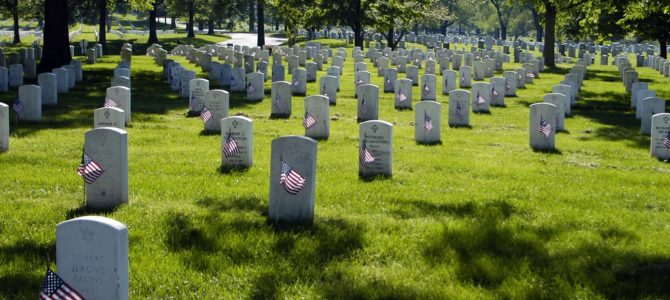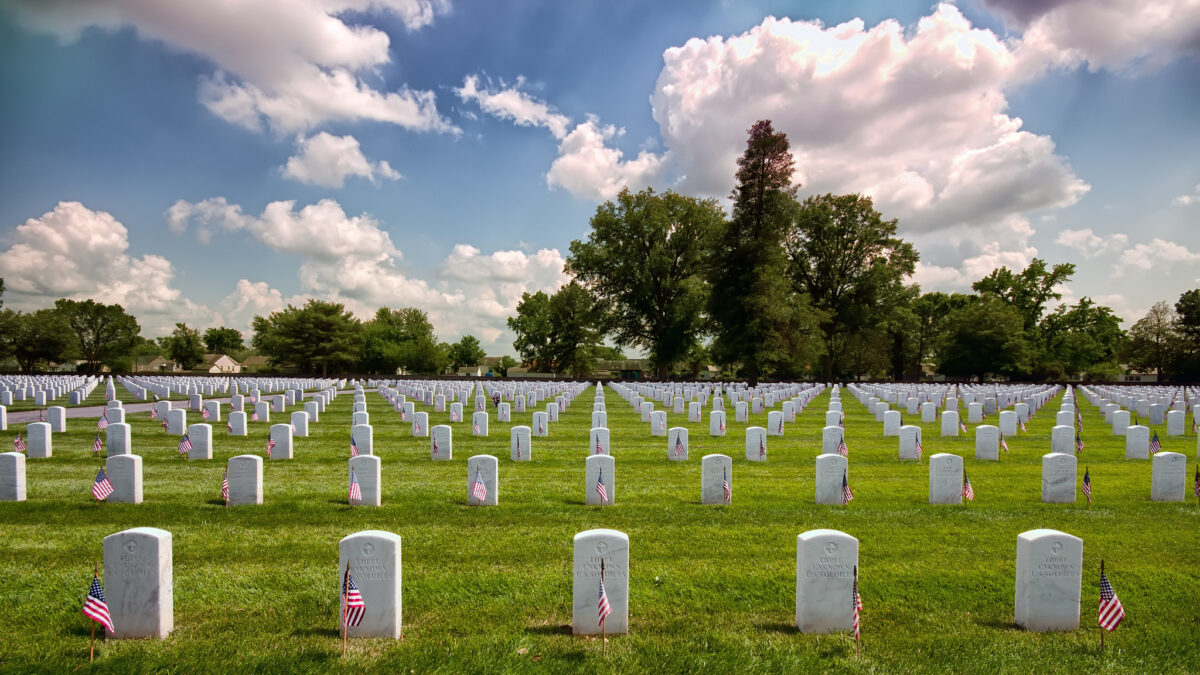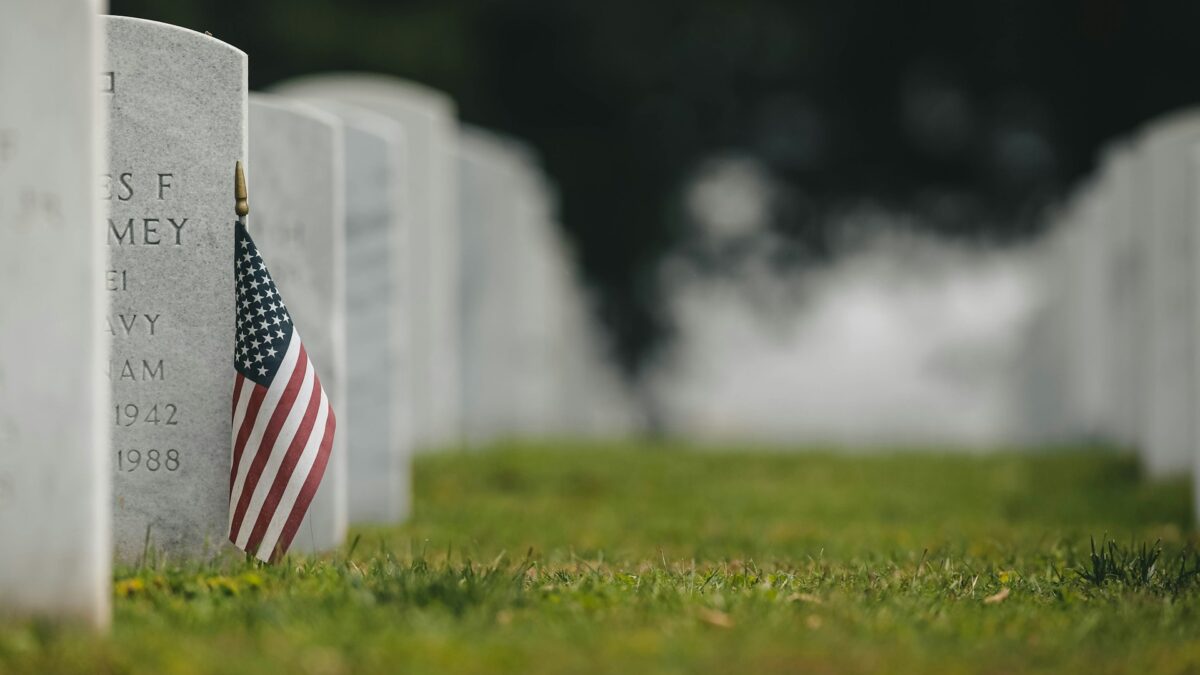Memorial Day means many things to many people. It marks the unofficial start of summer. It’s a time for picnics and barbecues, relaxation, and longtime sports traditions. But, at its heart, Memorial Day is an opportunity for us to remember and give thanks to those men and women—along with their families—who gave the ultimate sacrifice in the service of their country.
Officially, the nation commemorates Memorial Day through a service at Arlington National Cemetery’s Memorial Amphitheater and a presidential wreath-laying at the nearby Tomb of the Unknown Soldier. But the day’s true meaning lies a few thousand feet down the hill, in Section 60. In the newest corner of our nation’s most hallowed ground, the Army lies recently deceased soldiers to rest, including those killed in the War on Terror.
After return visits to Arlington, it’s impossible not to notice each year’s additions. Month after month, new tombs and headstones slowly encroach on the virgin soil. In some cases, the dates inscribed on those headstones provide a small measure of solace. As the United States withdraws from Iraq and Afghanistan, more of the new headstones reflect World War II or Vietnam-era veterans who have passed on after living half a century or longer.
In other cases, the tragic nature of loss appears all too clear. One staff sergeant, identified as a husband and father, spends his first Memorial Day at rest in Arlington, having died a few months ago at the age of 26. A coloring placed next to the grave confirms the headstone’s description: “Best Dad Ever!” Would that this child could know his or her father from more than photographs and memories.
In Section 60, vivid memories remain. The rest of Arlington National Cemetery provides a peaceful beauty in its symmetry. Grave markers are laid out in evenly spaced rows, each decorated with a flag and a rose for the holiday (a relatively new tradition).
Section 60 demonstrates the raw emotion lying behind each soldier and each stone. Trinkets and mementos, from floral arrangements to portraits to remembrance stones to beer cans, give tangible proof that the dead have not been forgotten.
On this day, friends and family gather to remember those they’ve lost and to comfort the grieving. Some gather in groups, nestling lawn chairs among the gravesites. Some gather in quiet contemplation, leaning against the headstones and deriving quiet strength from the mere presence of their fallen heroes. Some read or tell stories aloud, continuing conversations with their loved ones even if their departed can no longer respond. Other friends laugh among themselves, recalling happy memories and hopefully creating new ones even amidst the loss and pain.
Of course, the day includes hugs. Hugs welcome old friends and new ones in equal measure—they share joy, give thanks, and soothe pain. Hugs can even unite the members of a community who never wanted to come together under such heartrending circumstances.
With a small and dwindling percentage of Americans who have served in the armed forces, the families of Section 60 share a bond few unaffected citizens can fully contemplate or comprehend. While Memorial Day reminds us that only a select few will be called to make the ultimate sacrifice, every American can do something to honor those who put their service above life itself.
The tombstone of a 28-year-old soldier killed in Afghanistan says it best, paraphrasing Jesus’ words from St. John’s gospel: “Blessed is he who lays down his life for others.” Blessed and privileged are we that our fellow countrymen are willing to do so.









